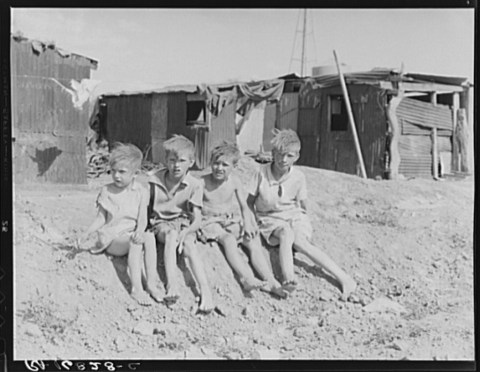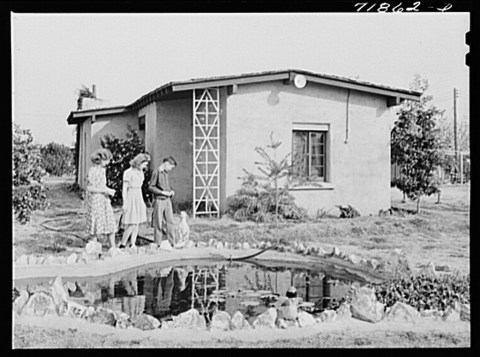7 Things You Didn't Know About The History of Arizona
What do you remember from your Arizona history class in school? Unless your profession happens to include history, our guess is probably not much. Instead of feeding you a bunch of facts everyone generally knows, let’s take a look at these lesser known events that happened in Arizona history, both ancient and recent.

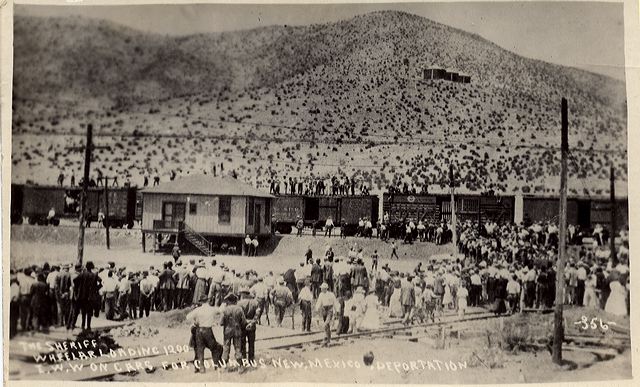
In the middle of the Arizona summer, local miners went on strike after their demands for better working conditions and wages were not met. In Jerome, striking miners were met with harassment and eventually 250 vigilantes deported about 60 miners to California and Kingman.
Bisbee had a more extreme situation where federal troops were brought in and deputies rounded up approximately 2,000 miners at gunpoint for deportation. About 1,300 of them were taken by traincar to New Mexico with literally only the clothing on their backs, no food, and no water.
Bisbee had a more extreme situation where federal troops were brought in and deputies rounded up approximately 2,000 miners at gunpoint for deportation. About 1,300 of them were taken by traincar to New Mexico with literally only the clothing on their backs, no food, and no water.
Advertisement

Known as the Zimmerman Telegram, this was a message intercepted by British intelligence in January 1917. Part of the message read:
"We intend to begin on the first of February unrestricted submarine warfare. We shall endeavor in spite of this to keep the United States of America neutral. In the event of this not succeeding, we make Mexico a proposal of alliance on the following basis: make war together, make peace together, generous financial support and an understanding on our part that Mexico is to reconquer the lost territory in Texas, New Mexico, and Arizona..."
The Mexican government opted not to partake in World War 1, instead remaining a neutral country. The United State initially opted to remain neutral but this telegram played a small part in the effort to join in the war.
"We intend to begin on the first of February unrestricted submarine warfare. We shall endeavor in spite of this to keep the United States of America neutral. In the event of this not succeeding, we make Mexico a proposal of alliance on the following basis: make war together, make peace together, generous financial support and an understanding on our part that Mexico is to reconquer the lost territory in Texas, New Mexico, and Arizona..."
The Mexican government opted not to partake in World War 1, instead remaining a neutral country. The United State initially opted to remain neutral but this telegram played a small part in the effort to join in the war.
Advertisement

During a conflict in northern Mexico known as the Escobar Rebellion, rebels hired an Irish cropduster pilot to drop explosives on Mexican federales. However, Murphy accidentally dropped the bombs right along the Arizona-Mexico border, including in the town of Naco.
Since the fighting up until that point resulted in a number of Americans gathering around the border, often with their families, as spectators of the fighting, quite a few were injured by the suitcase bombs.
Since the fighting up until that point resulted in a number of Americans gathering around the border, often with their families, as spectators of the fighting, quite a few were injured by the suitcase bombs.
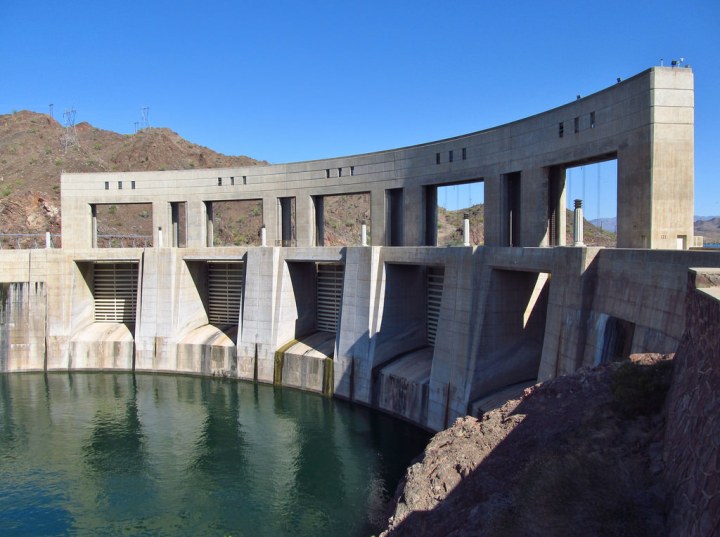
While plenty can be said today about the state of Arizona's water supply and rights, at the time the federal government had plans to divert the Colorado River via Parker Dam to California without Arizona's approval. As a result Governor Mouer deployed members of the National Guard to patrol the waters and prevent the dam's construction. The naval officers rode wooden ferries and rifles while machine gunners sat at the edge of the waters.
Eventually, the Secretary of the Interior caught notice and stopped construction until the issue could be properly settled. Construction was latter permitted to resume a few years later after Arizona won a bid for the Gila River irrigation project.
Eventually, the Secretary of the Interior caught notice and stopped construction until the issue could be properly settled. Construction was latter permitted to resume a few years later after Arizona won a bid for the Gila River irrigation project.
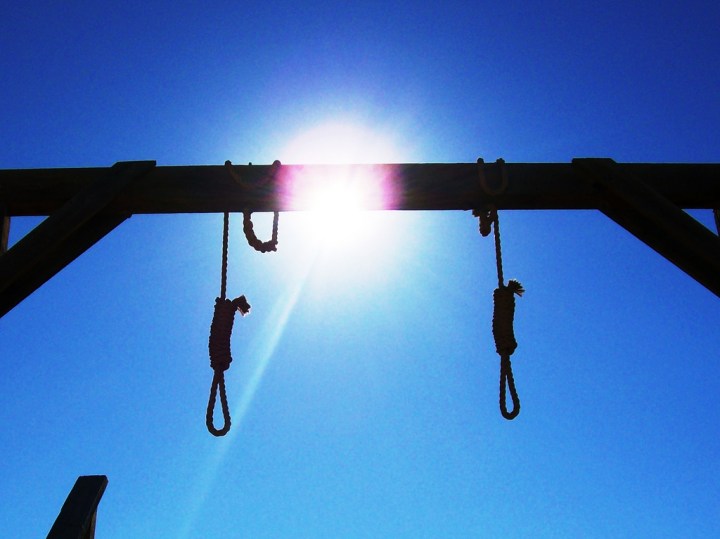
Convicted of auto theft and the murder of her former employer, Eva Dugan was sentenced to execution by hanging. At 5:00am on Februrary 21, 1930 Dugan was walked to the gallows at the state prison in Florence. The trap was released and the drop, however, resulted in a decapitation. Her head rolled to the feet of the execution witnesses, which caused several witnesses to faint. This incident resulted in the state opting to end hanging as an execution method in favor of the lethal gas chamber.
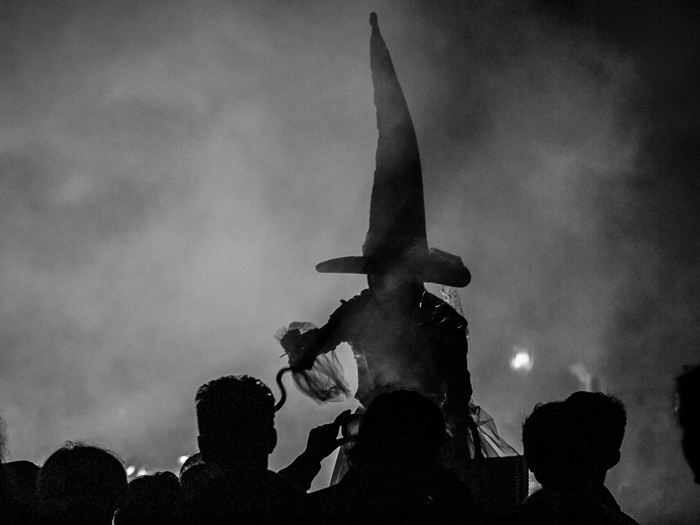
Two years earlier, the Flowing Wells High School in Tucson held an assembly with a folklore instructor from University of Arizona, which included a brief discussion about witches. This included a description of the typical look of a witch. The students later began joking that an English teacher, Ann Stewart, was a witch as she matched the physical description and rumors began to grow that she actually was teaching witchcraft to her students.
Things eventually escalated when Stewart was suspended in 1970 for teaching witchcraft. The school board held a hearing in 1971 and opted to fire her. Afterwards, Stewart filed a lawsuit for improper notification for her hearing and firing; the court sided with her and ordered the district to rehire her. It seems the school district never followed through because in a 1972 article in the Tuscaloosa News, Stewart had not been rehired.
Things eventually escalated when Stewart was suspended in 1970 for teaching witchcraft. The school board held a hearing in 1971 and opted to fire her. Afterwards, Stewart filed a lawsuit for improper notification for her hearing and firing; the court sided with her and ordered the district to rehire her. It seems the school district never followed through because in a 1972 article in the Tuscaloosa News, Stewart had not been rehired.
Hopefully you were able to learn something new today! Do you know of any other little known facts about our state? We’d love to hear your contributions!
OnlyInYourState may earn compensation through affiliate links in this article. As an Amazon Associate, we earn from qualifying purchases.


